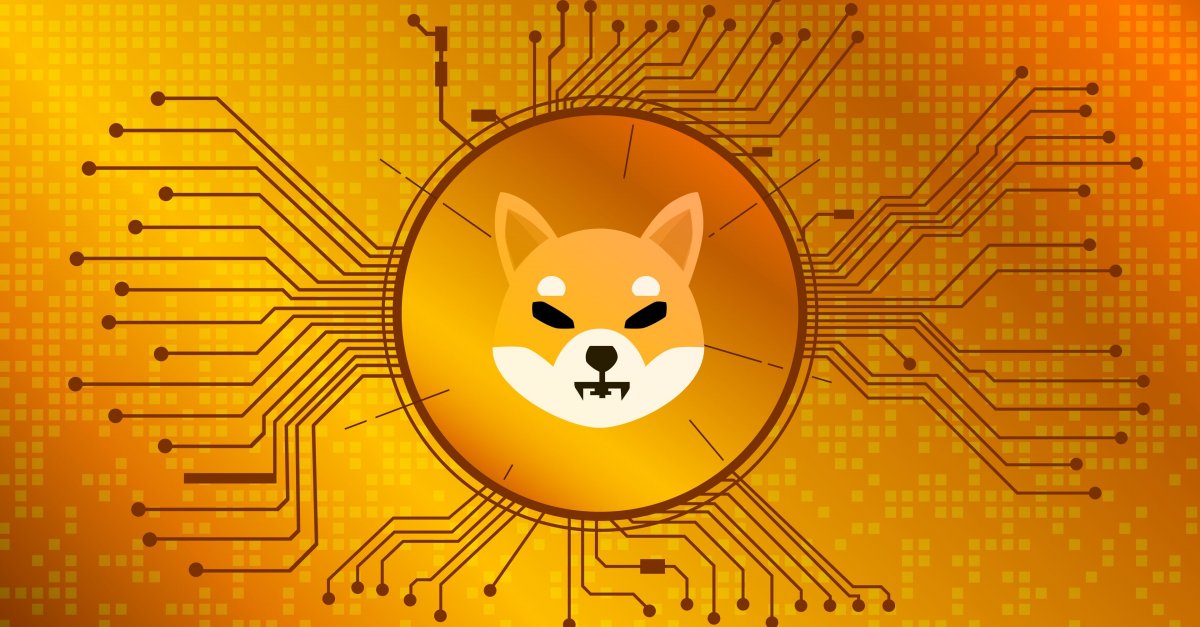Here’s How Much a $100 Investment in Shiba Inu Would Be Worth Today
30.09.2024 9:30 2 min. read Kosta Gushterov
Shiba Inu (SHIB) is experiencing a notable price increase, with its value climbing 27% over the week.
This surge can be attributed to a higher burn rate and recent teasers from its developers.
Initially launched in August 2020 as a competitor to Dogecoin, Shiba Inu has evolved into one of the top 15 cryptocurrencies by market capitalization, occasionally breaking into the top 10. Built on the Ethereum network, it also features a decentralized exchange called ShibaSwap, which includes tokens like BONE and LEASH.
For early investors, the returns have been remarkable. When Shiba Inu debuted, it traded at $0.00000000051 per token. A $100 investment at that time would have purchased approximately 196 billion tokens, which would now be valued at about $3,974,509.80, based on the current price of $0.0002027. At its peak in October 2021, when it hit an all-time high of $0.00008845, that initial investment would have soared to $17,343,137.25.
Initially available only on decentralized exchanges such as Uniswap, Shiba Inu has since been listed on major platforms like Coinbase, Kraken, and Robinhood in 2021 and 2022. Such extraordinary gains are rare in the cryptocurrency market, highlighting why even small investments in this space can yield significant returns.
Recent developments have reignited interest in Shiba Inu, especially with the announcement of a new stablecoin, SHI, from its marketing team. Additionally, lead developer Shytoshi Kusama has shared a meme that suggests optimism for the project’s future. With the recent uptick in meme coin popularity, Shiba Inu may be poised for continued growth.
-
1
Bitcoin Rises as Thousands of Altcoins Disappear
07.07.2025 13:00 2 min. read -
2
Best Crypto Presales to Buy That Can 100x in Altcoin Season as Ethereum Explodes
17.07.2025 1:28 6 min. read -
3
Ethereum nears key resistance as analysts predict $3,500 surge
13.07.2025 20:00 2 min. read -
4
Here is Why Institutions are Choosing Ethereum, According To Vitalik Buterin
06.07.2025 15:00 1 min. read -
5
Top 10 Institutional ETH Holders
10.07.2025 17:00 2 min. read
21Shares Files for ETF Tracking Ondo’s Real-World Asset Token
21Shares has submitted an application to launch an exchange-traded product (ETP) that tracks Ondo (ONDO), the native token of Ondo Finance.
BNB Hits New All-time High Above $803 Amid Altcoin Surge
BNB soared past $803, setting a new all-time high before pulling back slightly.
Altcoin Volume on Binance Hits Highest Level Since February
Altcoin trading volume on Binance Futures surged to $100.7 billion in a single day, reaching its highest level since February 3, 2025, according to data from CryptoQuant.
Bitcoin Exchange Inflows Spike — What Does it Means for Altcoins?
Bitcoin just recorded its largest net inflow to exchanges since July 2024, signaling a potential shift in market behavior.
-
1
Bitcoin Rises as Thousands of Altcoins Disappear
07.07.2025 13:00 2 min. read -
2
Best Crypto Presales to Buy That Can 100x in Altcoin Season as Ethereum Explodes
17.07.2025 1:28 6 min. read -
3
Ethereum nears key resistance as analysts predict $3,500 surge
13.07.2025 20:00 2 min. read -
4
Here is Why Institutions are Choosing Ethereum, According To Vitalik Buterin
06.07.2025 15:00 1 min. read -
5
Top 10 Institutional ETH Holders
10.07.2025 17:00 2 min. read


